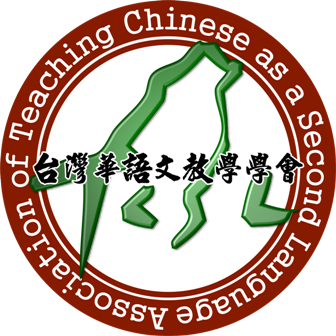講 者:李佳穎 (本所研究員)
主 題:How contextual diversity and semantic diversity shape the lexical quality
主持人:廖偉聞 (本所副研究員)
時 間:112年9月25日 (星期一)上午10-12點
地 點:中央研究院人文社會科學館南棟5樓語言學研究所519會議室
網 頁:https://www.ling.sinica.edu.tw/main/zh-tw?/sign/0925
摘 要:
Accumulating experience with words in the contexts, namely word frequency, is the key to forming lexical representation. Recent research suggests that contextual diversity (CD) and semantic diversity (SD) play more promising roles than word frequency in reading acquisition. However, it remains unclear whether semantic diversity may serve as a continuous measure of lexical ambiguity (Hoffman, Lambon Ralph, & Rogers, 2013) or semantic richness or mainly represent the contextual variation associated with a word and should be referred to as textual diversity (Cevoli, Watkins, & Rastle, 2020). Two event-related potentials (ERPs) studies were conducted to investigate the nature of CD and SD in Chinese word recognition. Young adults and healthy elders were invited to perform the concreteness judgment task on 280 Chinese two-character words that varied in CD, SD, and concreteness. The results showed a significant interaction between concreteness and SD. As SD increased, the N400 was more negative in reading abstract words. However, there were no CD effects and interaction between CD and SD. The results from healthy elders, who have accumulated more reading experience, showed significant three-way interactions. The SD effect, namely the increased SD elicited more negative N400, was significant in reading concrete words with high CD. These findings support that CD mainly reflects the word familiarity based on information accumulation, while SD reflects the semantic variation across contexts. The multiple exposures of a word in diverse contexts are crucial for word learning, especially for abstract words.
